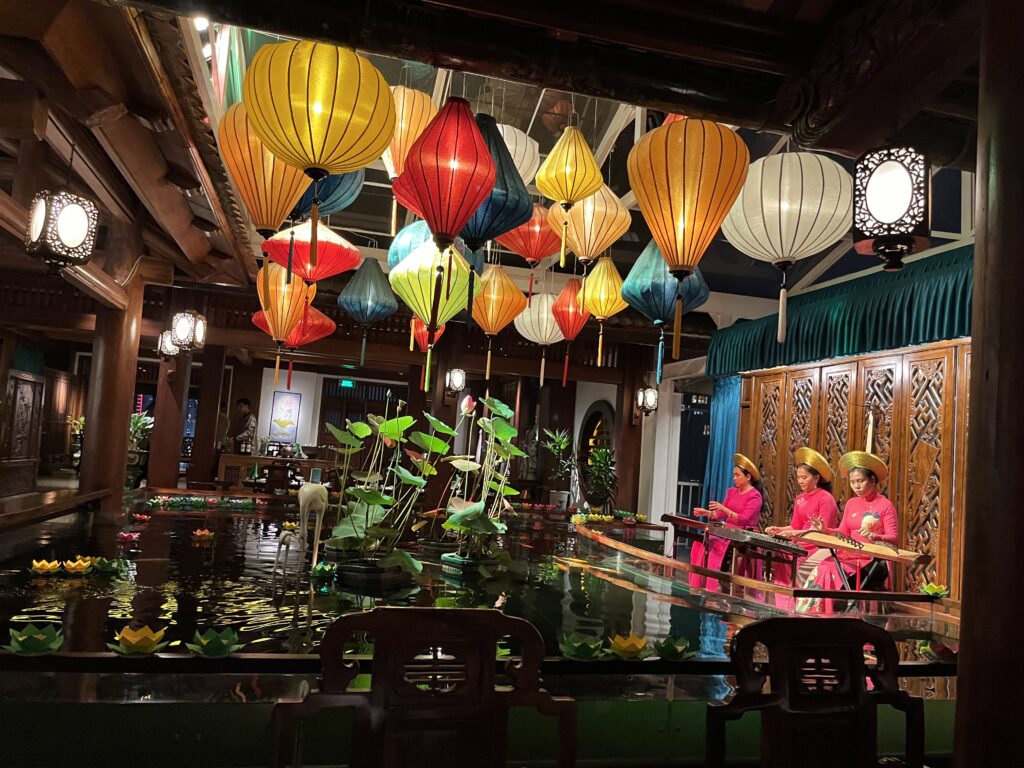
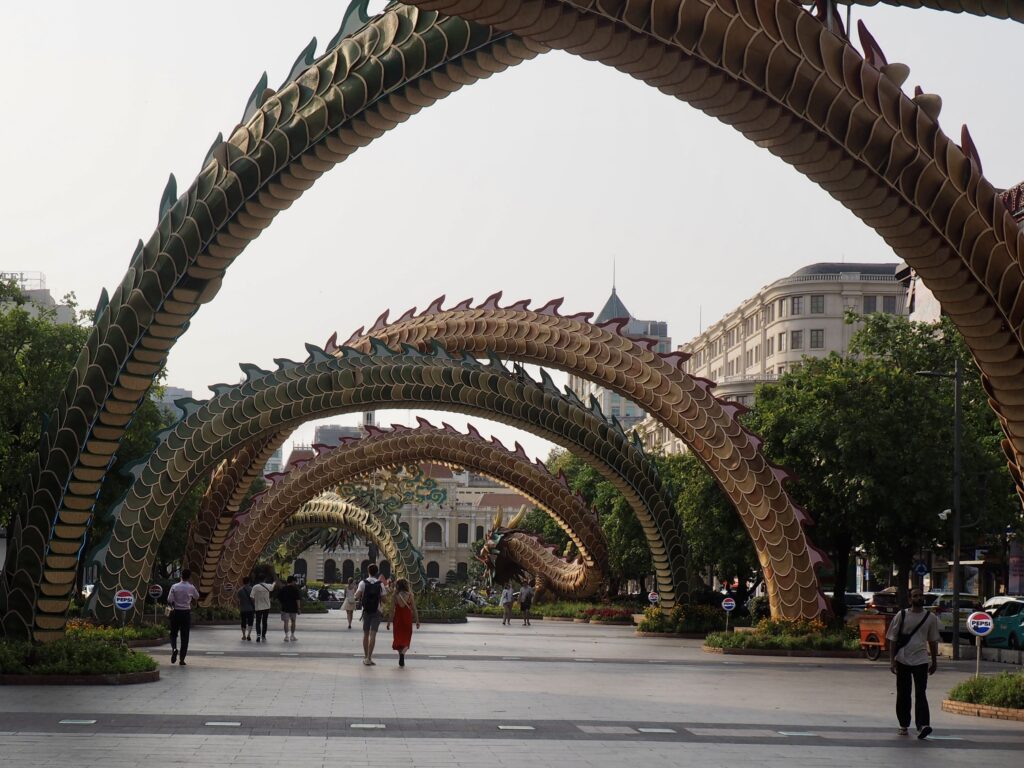
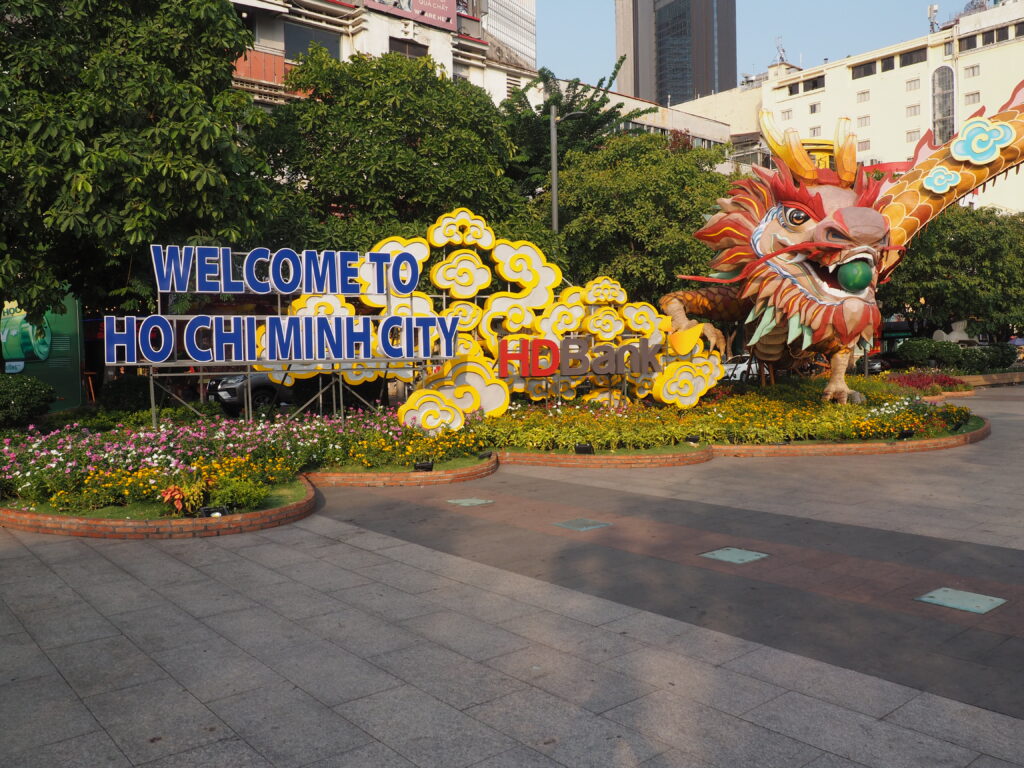







Land of Pho and Egg Coffee
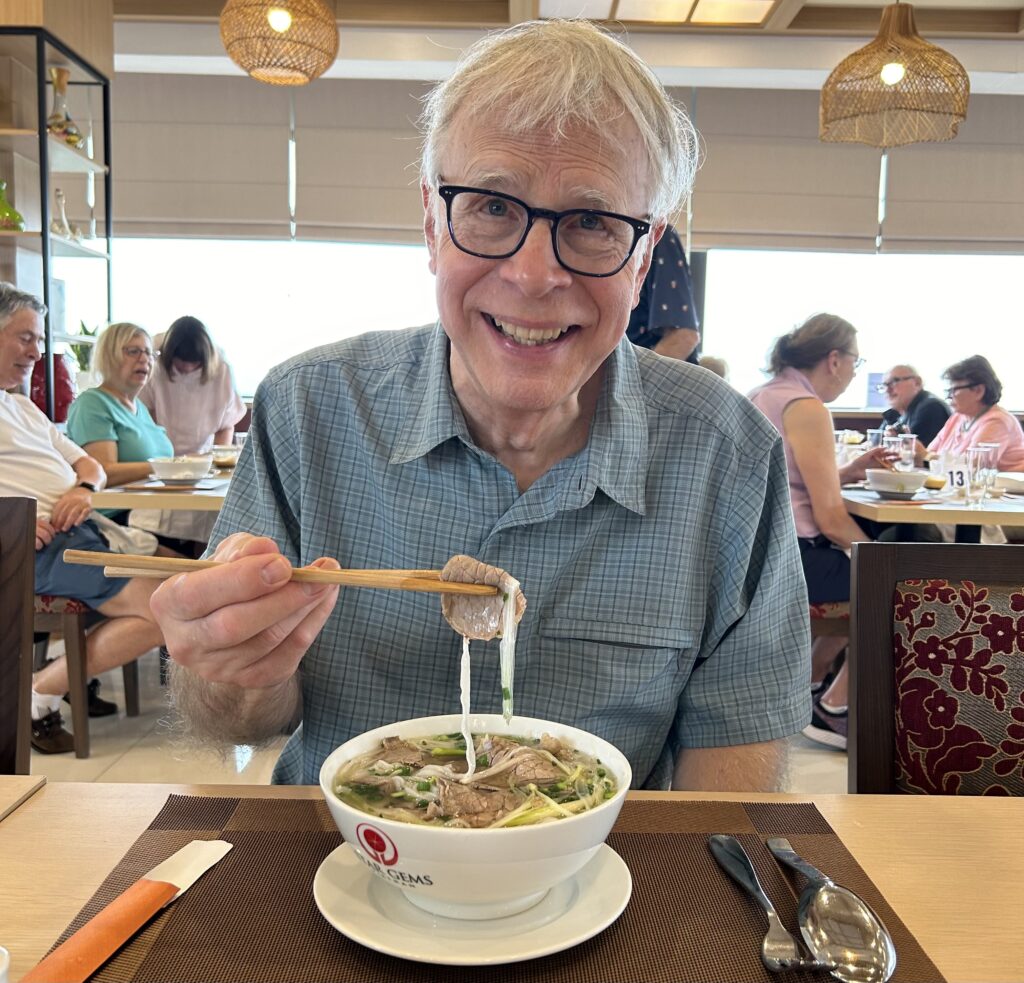
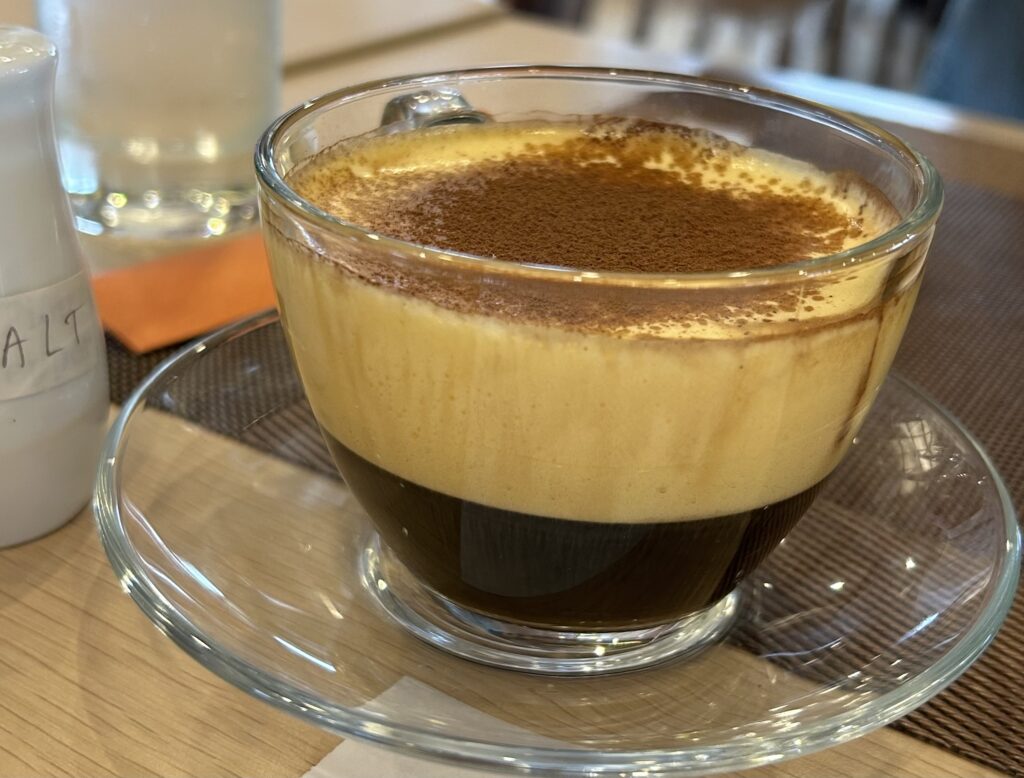
On to Independence Palace (now, Reunification Palace)
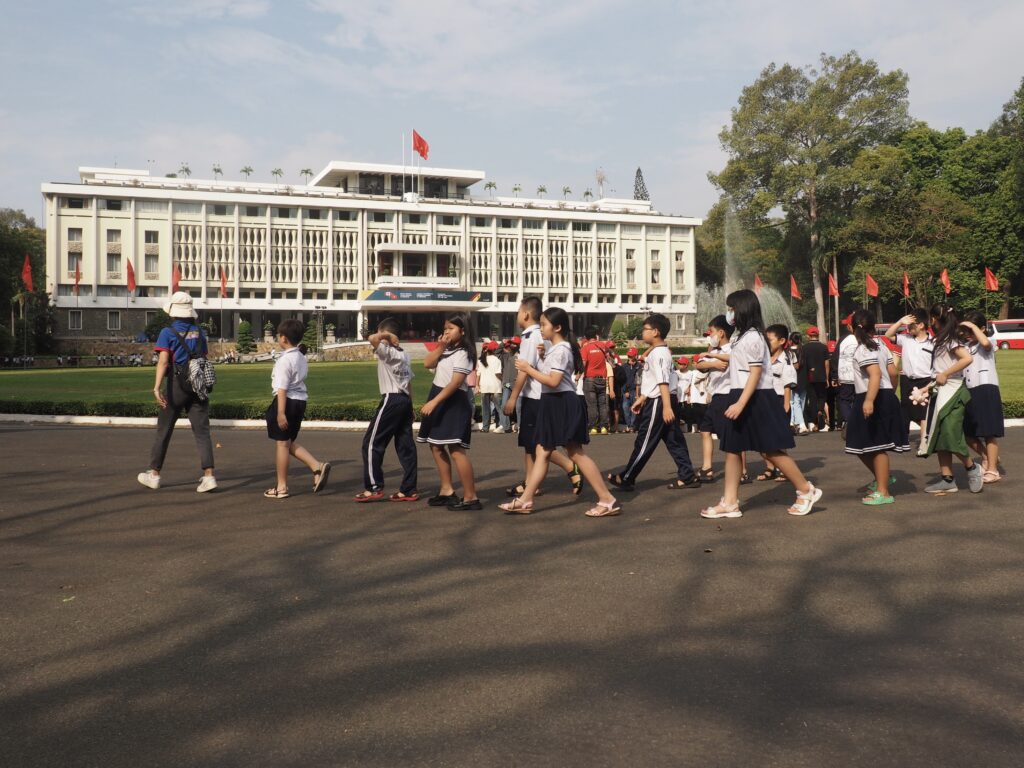
President Ngô Dinh Diêm started construction on the Palace in 1962 after the old one was bombed by dissident pilots, although his assassination in a coup d’etat the following year bequeathed the honor of living there as head of state to the head of the military junta General Nguyen Van Thiêu who lived (and worked) there from 1967 until April 1975 when he fled the country during the collapse of the Republic of Vietnam.
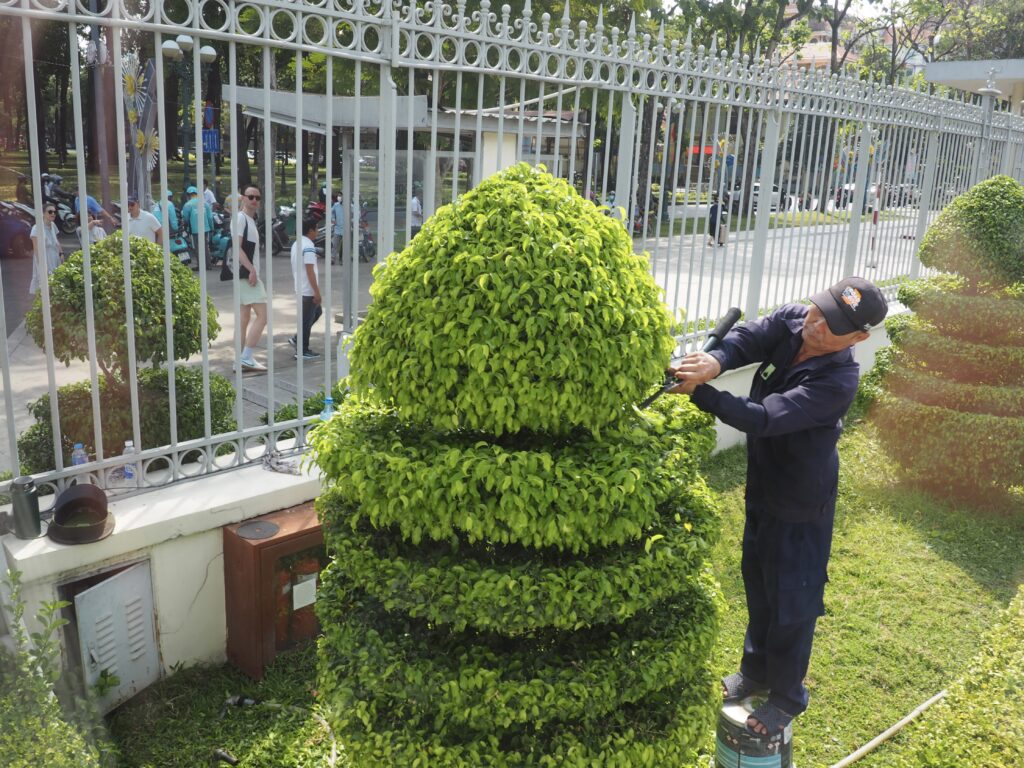
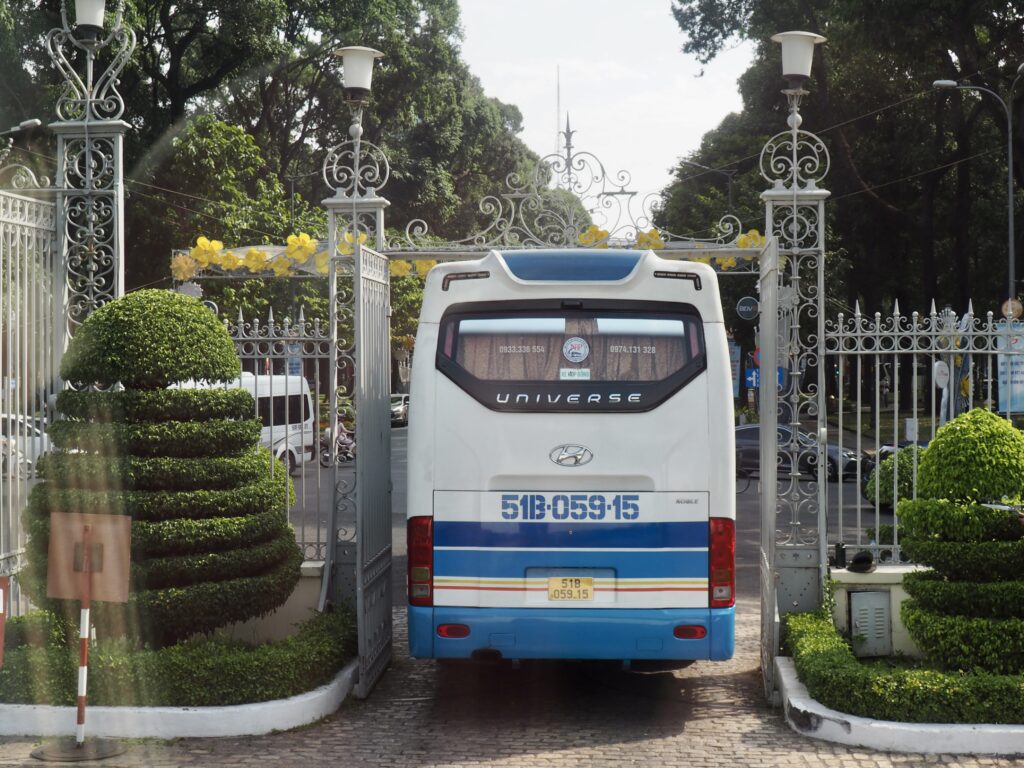






The area of the Palace for receiving dignitaries and other guests was quite posh and formal.
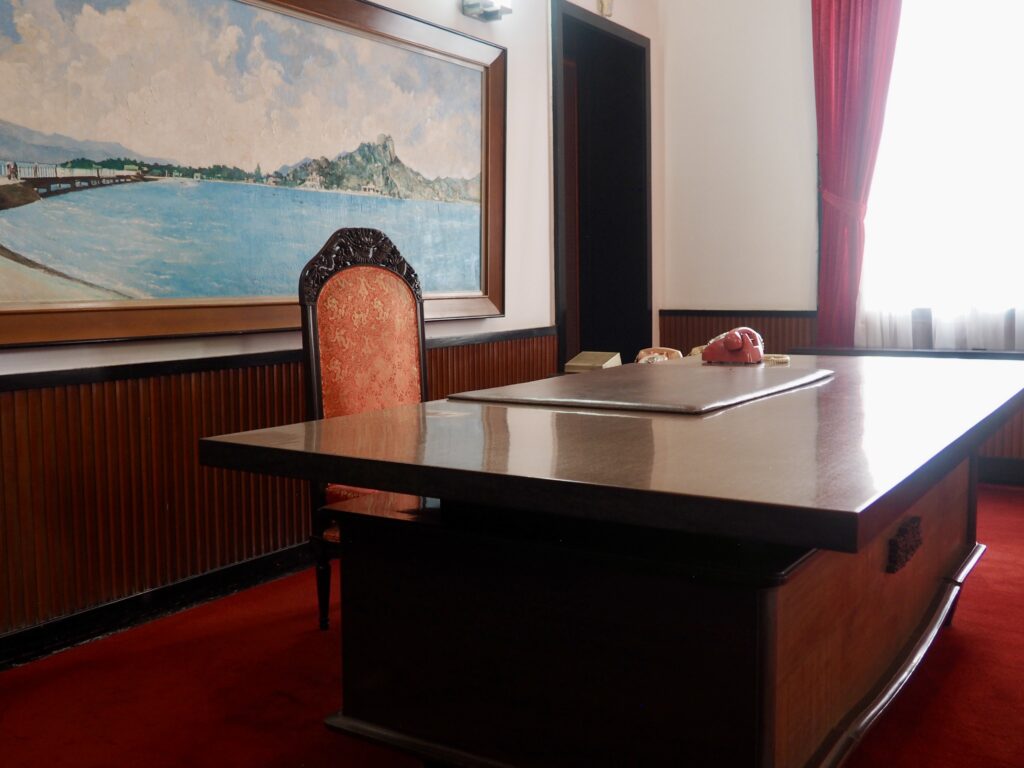
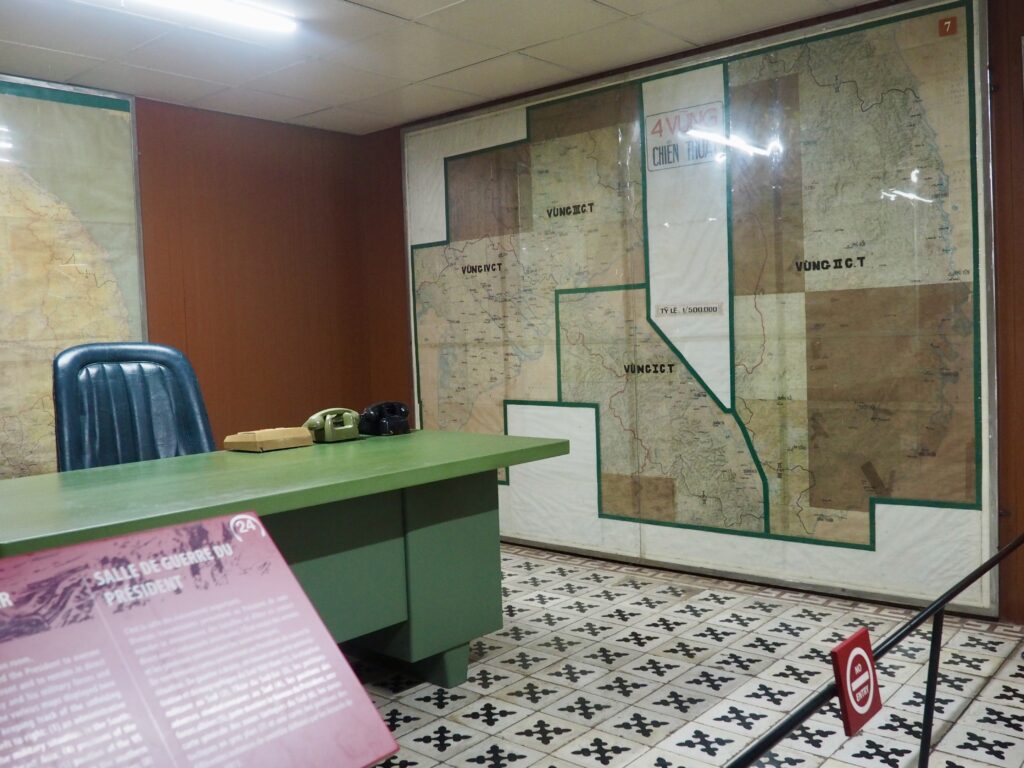
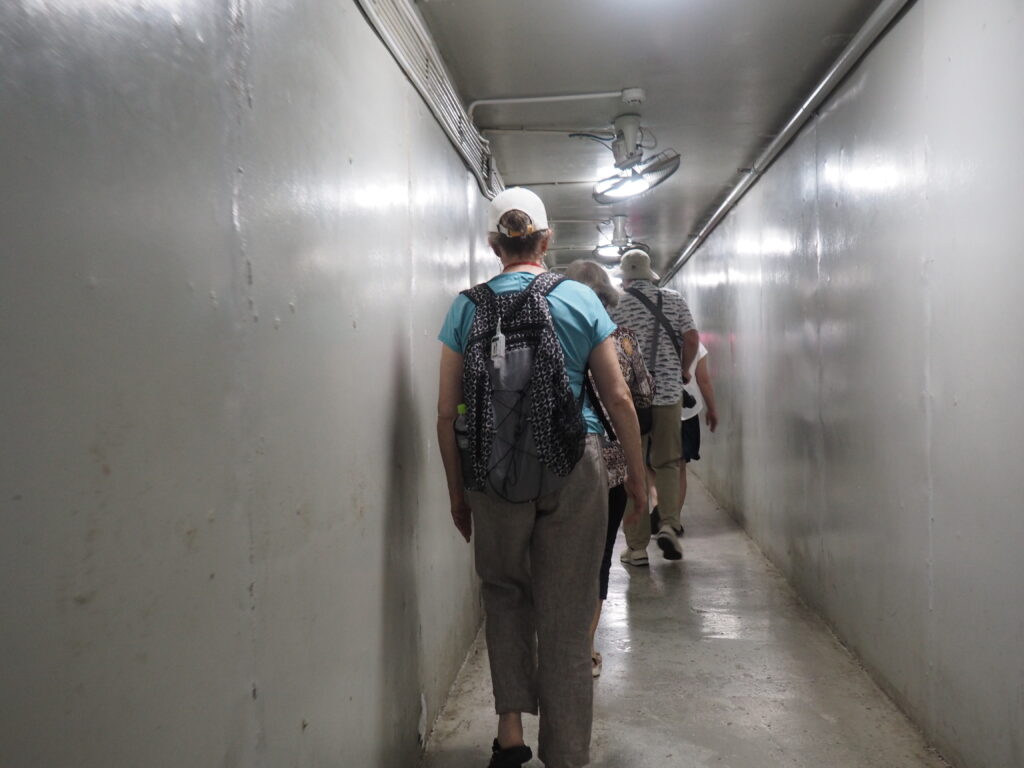
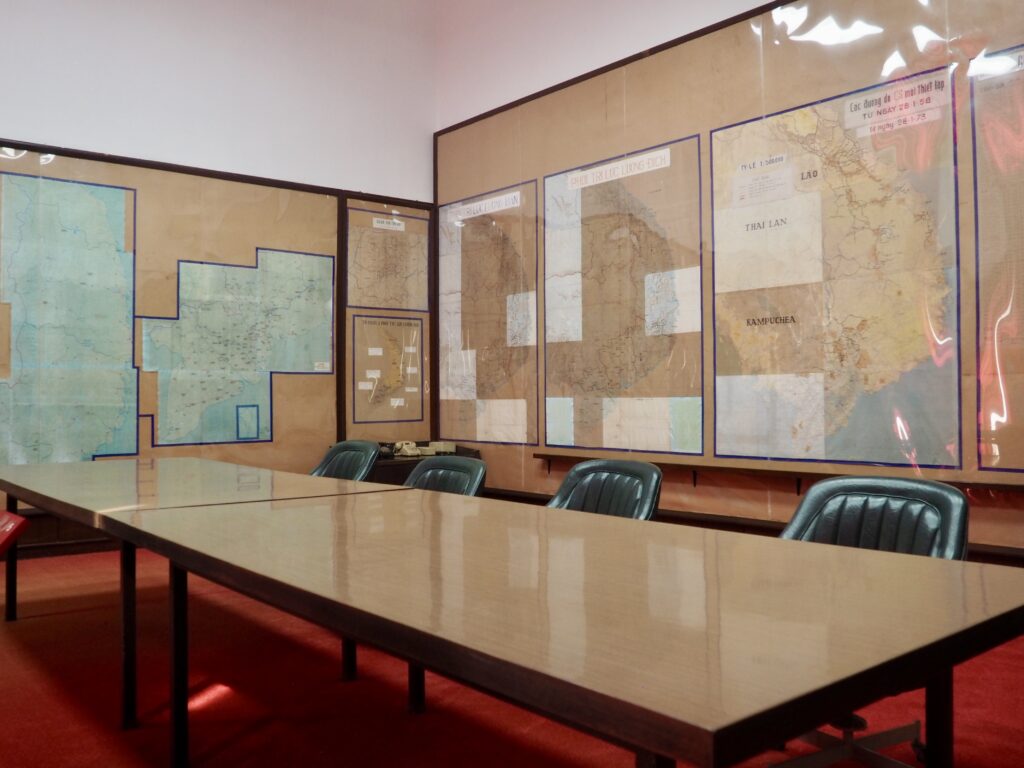
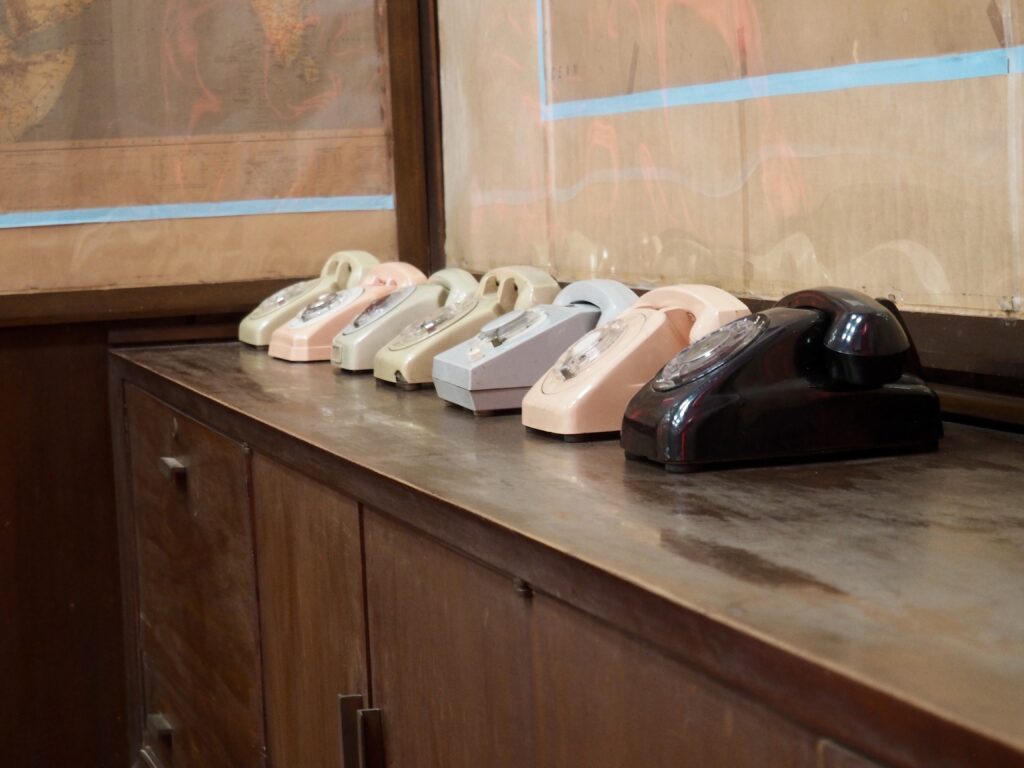
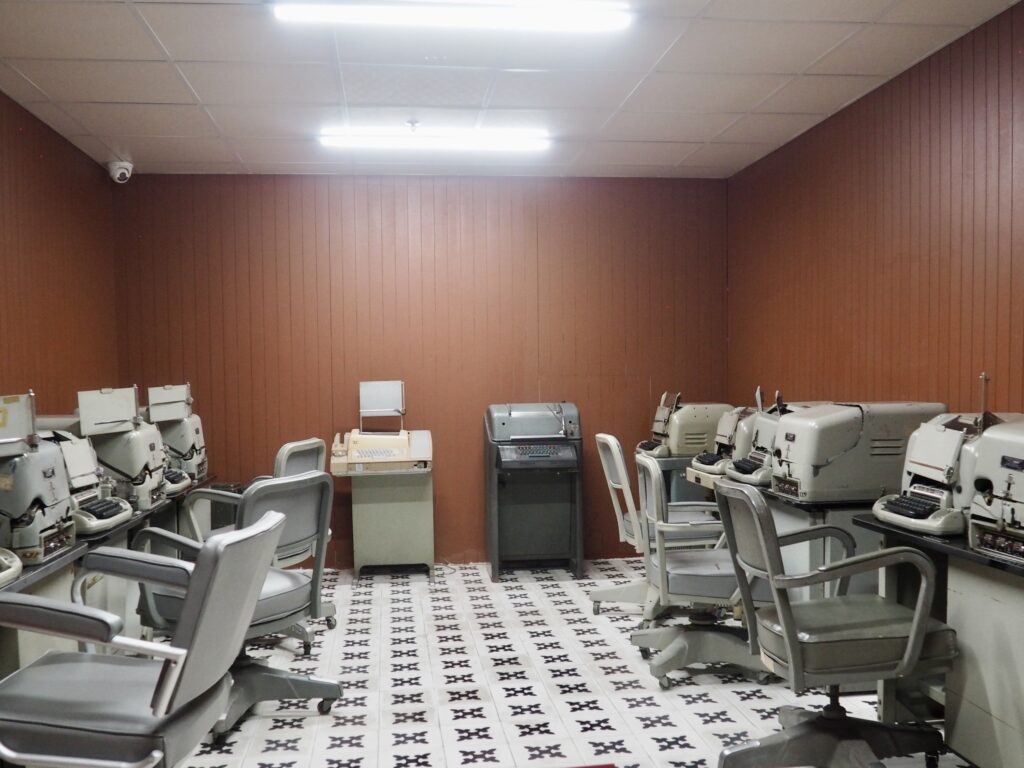
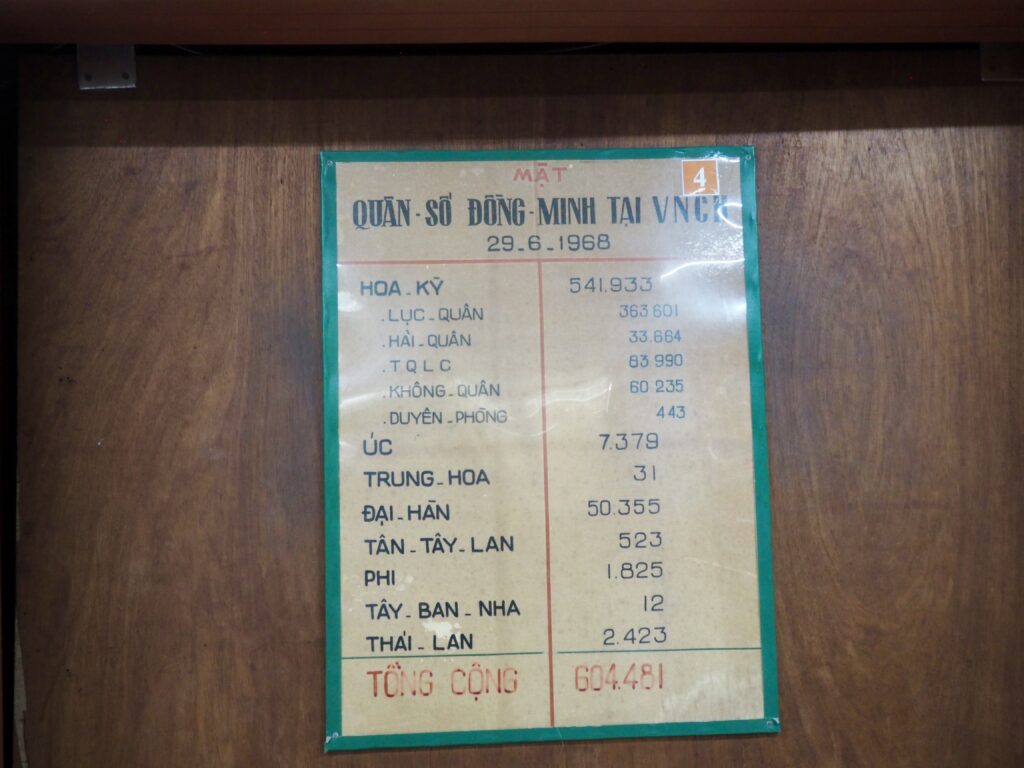
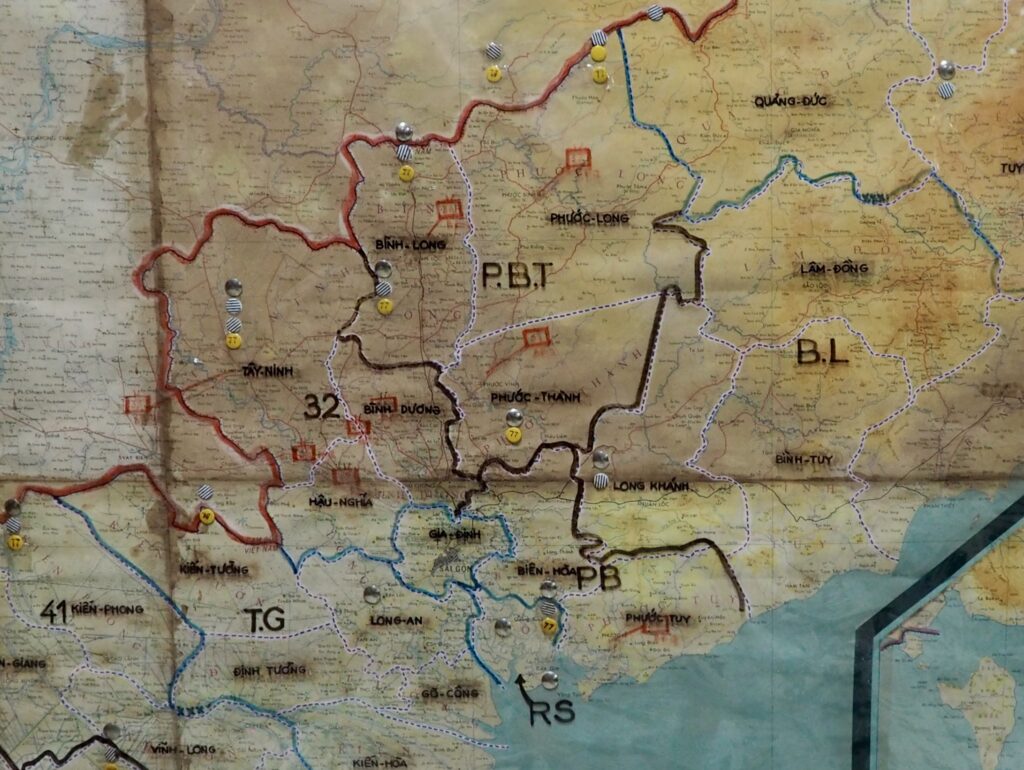

With the government and military headquarters housed together, when that tank crashed through the Palace gate, it really was the end.

rather than the US Embassy, as initially reported.
Post Office!




Thien Hau Temple (Mazu, Goddess of the Sea)
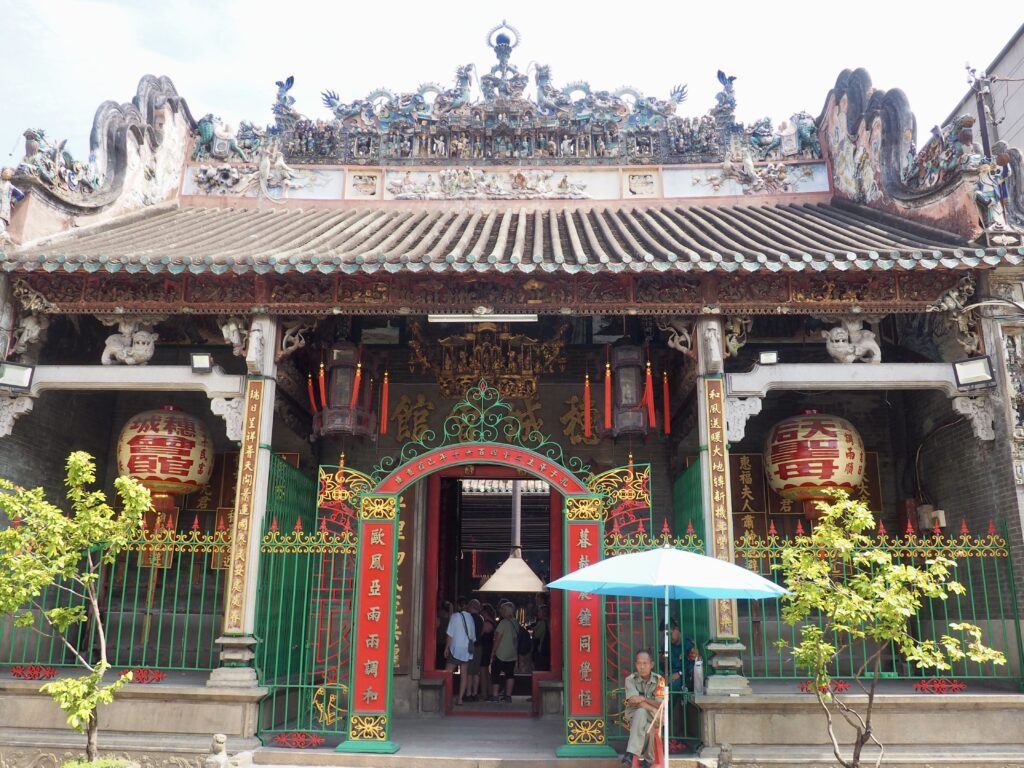
On a busy street in Chinatown is a temple first erected in 1760 to the Sea Goddess of the southern Chinese (Cantonese) by the Chinese community, long established as traders in Vietnam. The Sea Goddess is neither Buddhist nor Taoist, but has been absorbed into both by this community. The Sea Goddess (Mazu) is a deification of a young woman who saved her family by spiritual means in medieval Fujian and her worship thrives among the Chinese diaspora with roots in the sea. It was quite beautiful, despite being mobbed with western tourists.
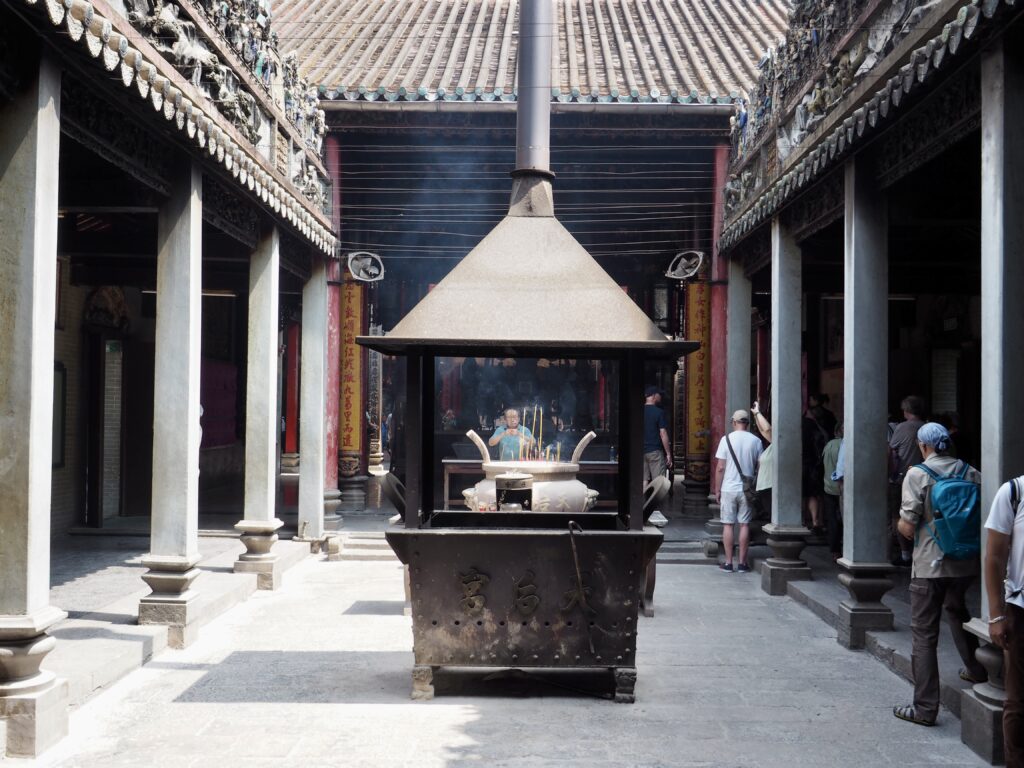
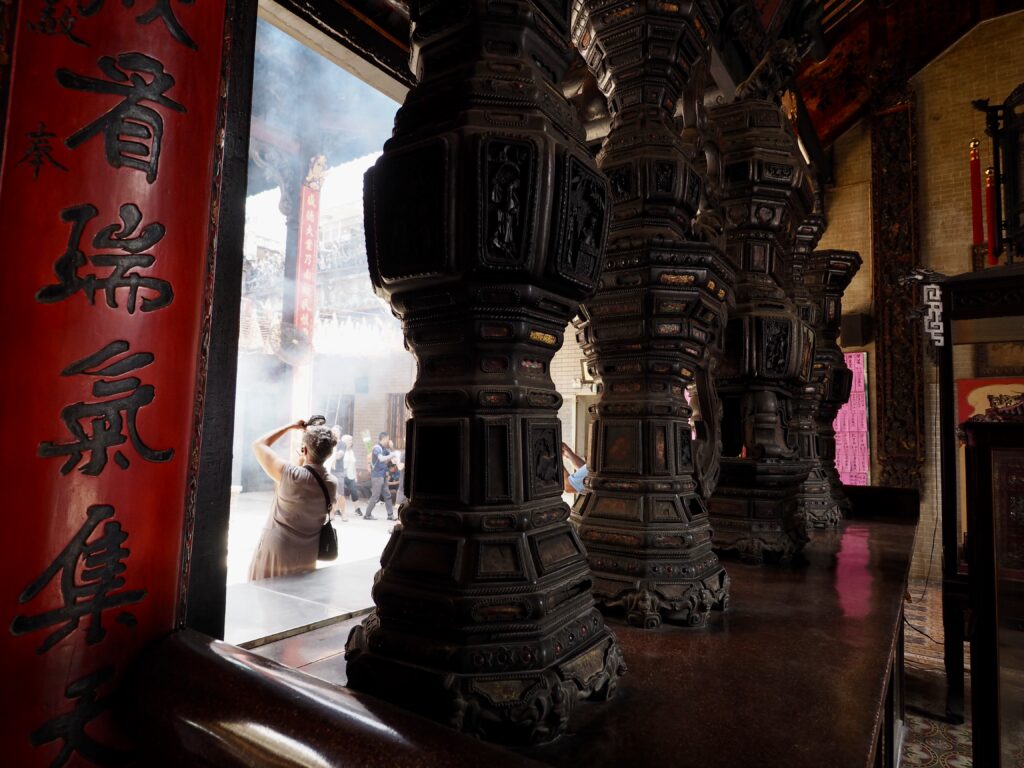

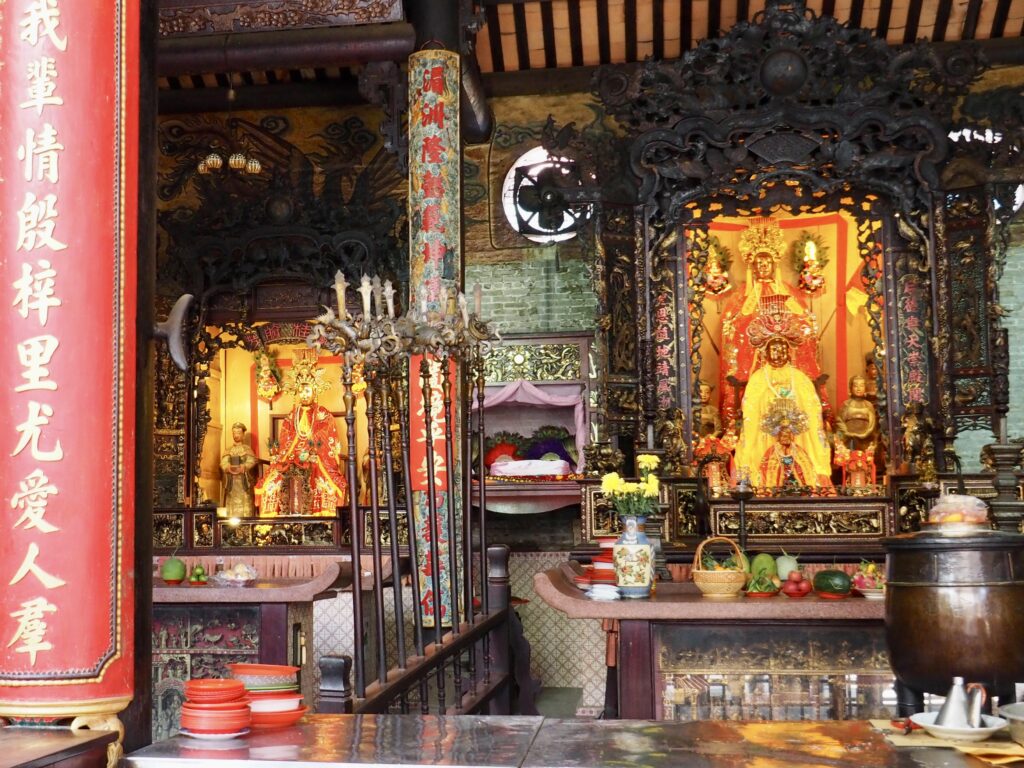

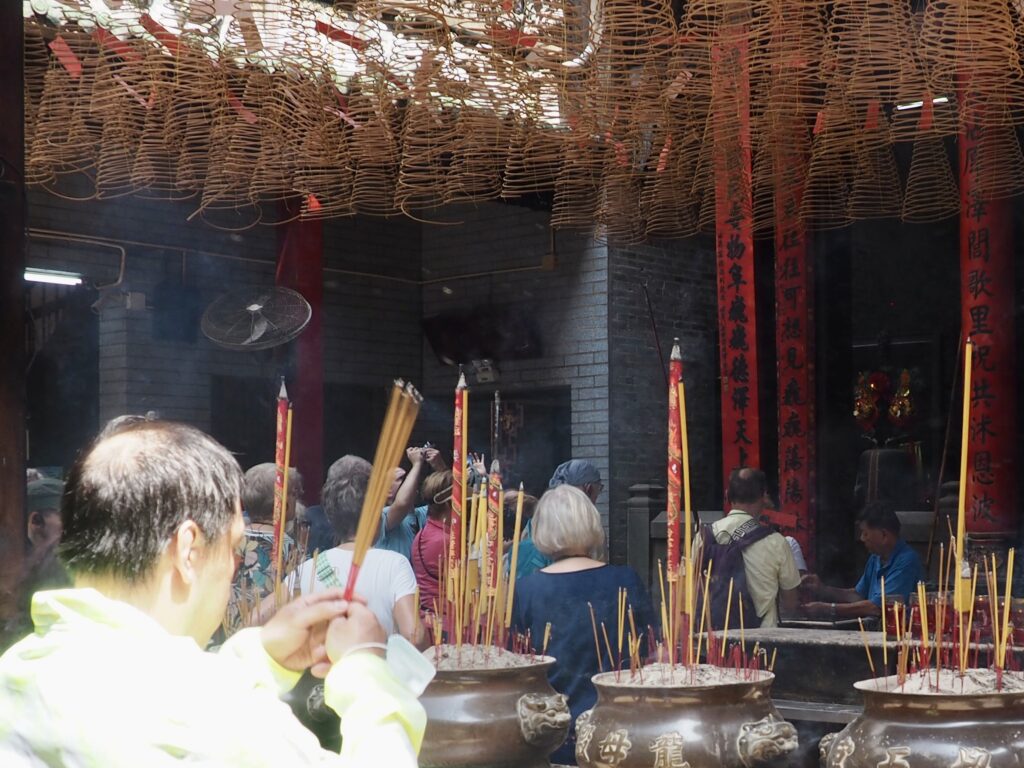

A Small Taste of the Rest of the City






and a Farewell (to Vietnam) Dinner
